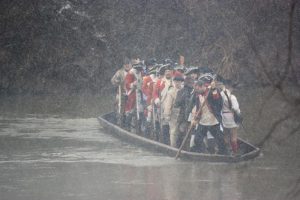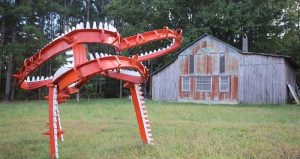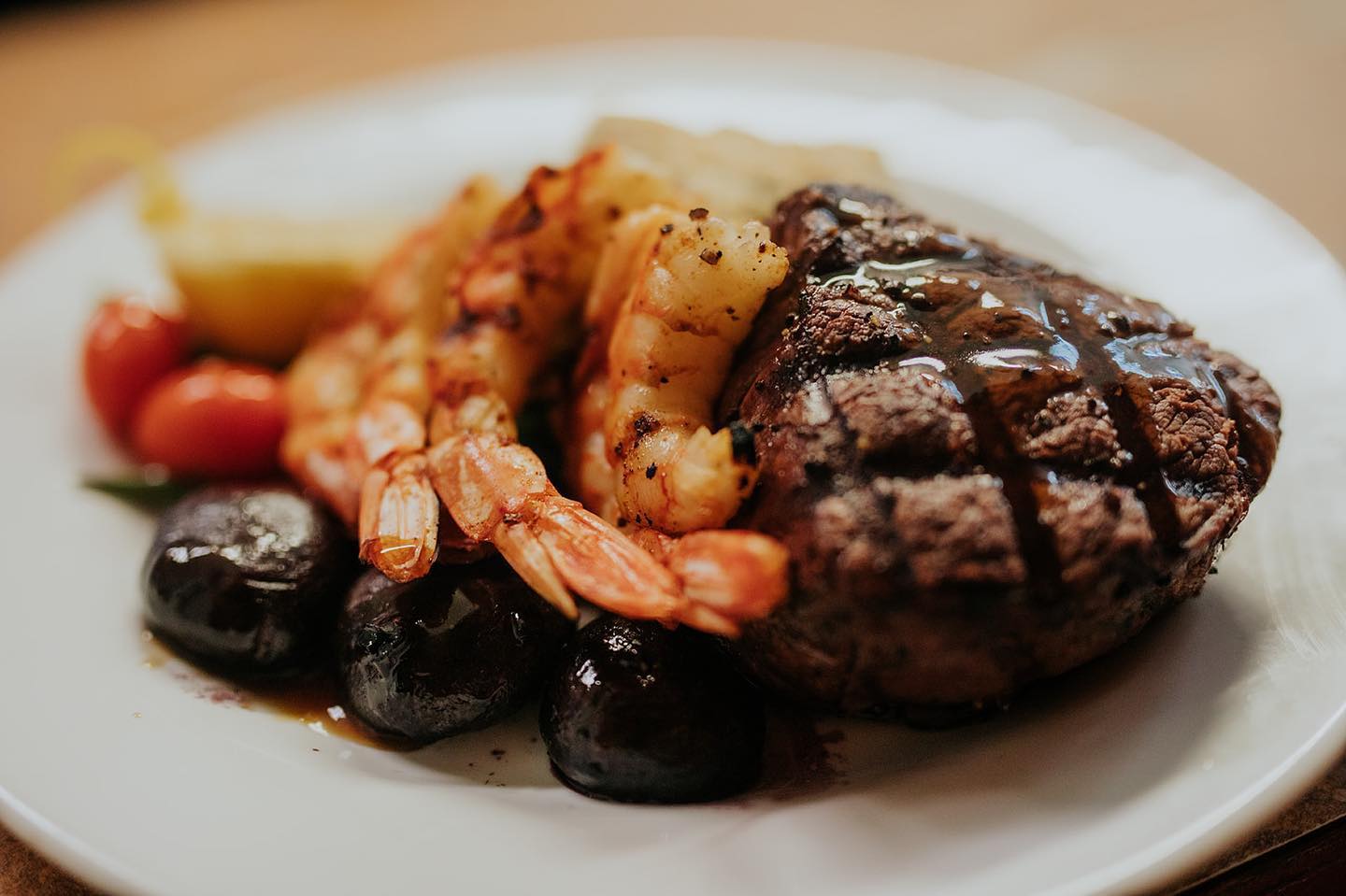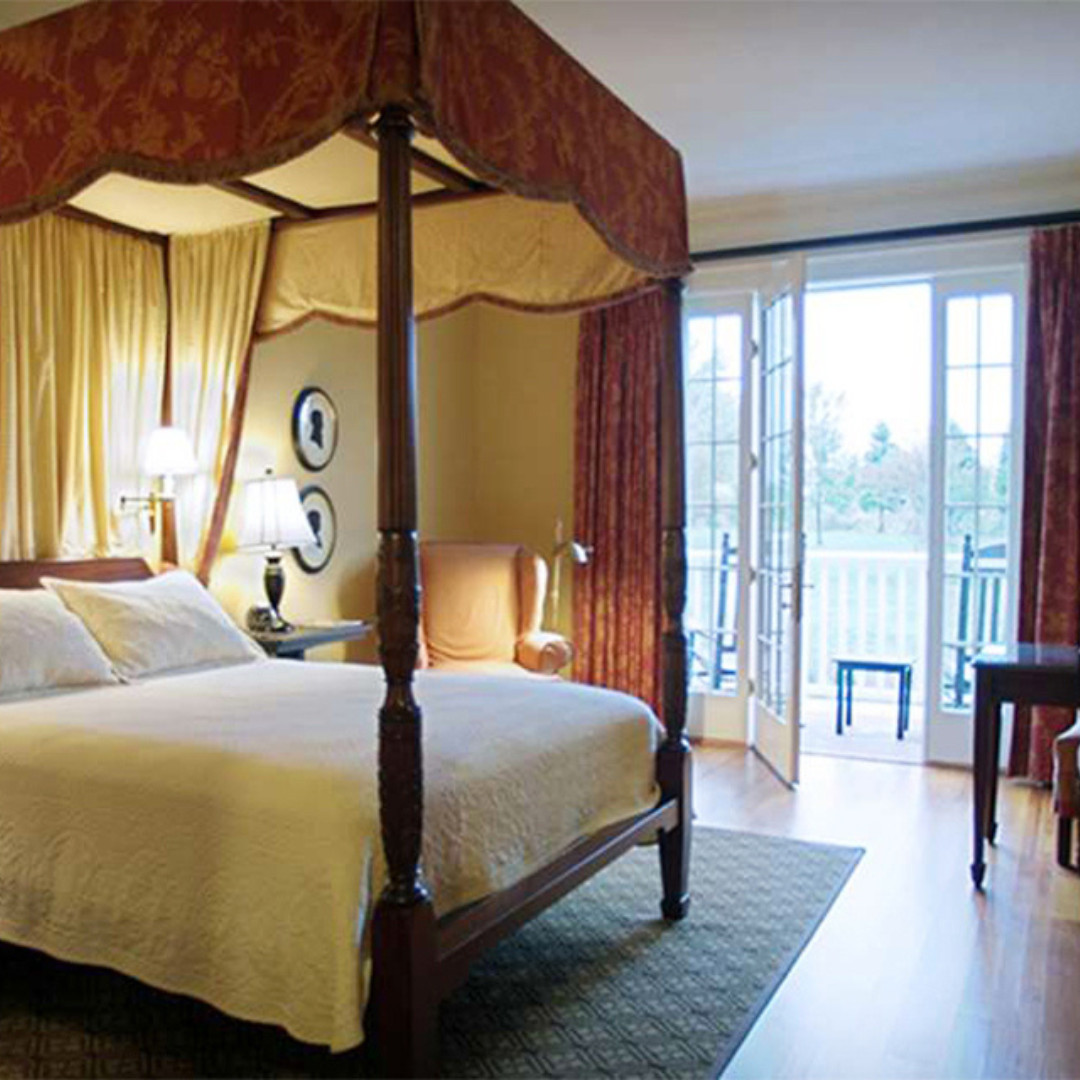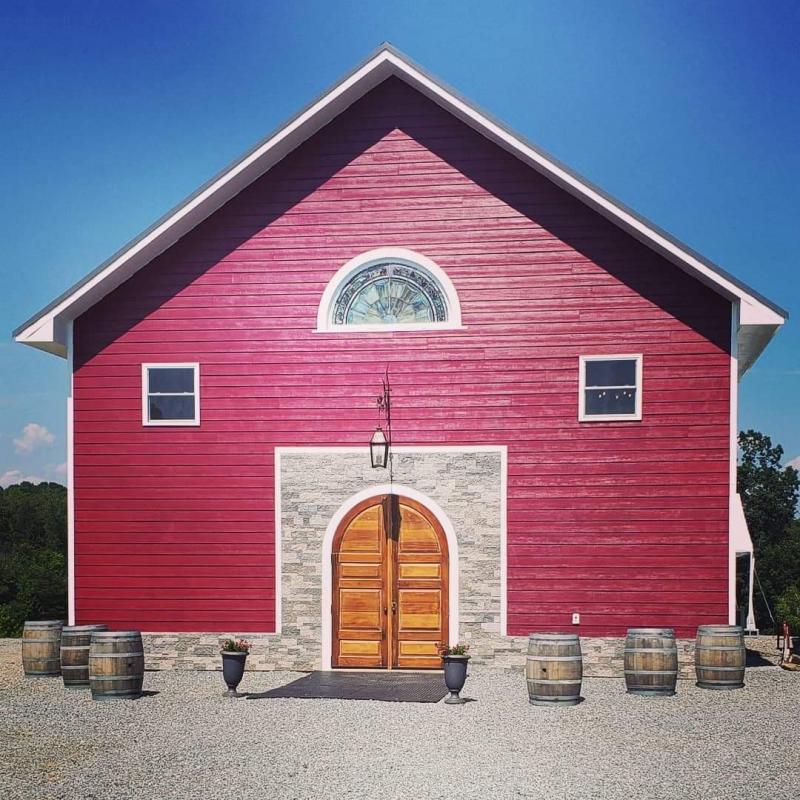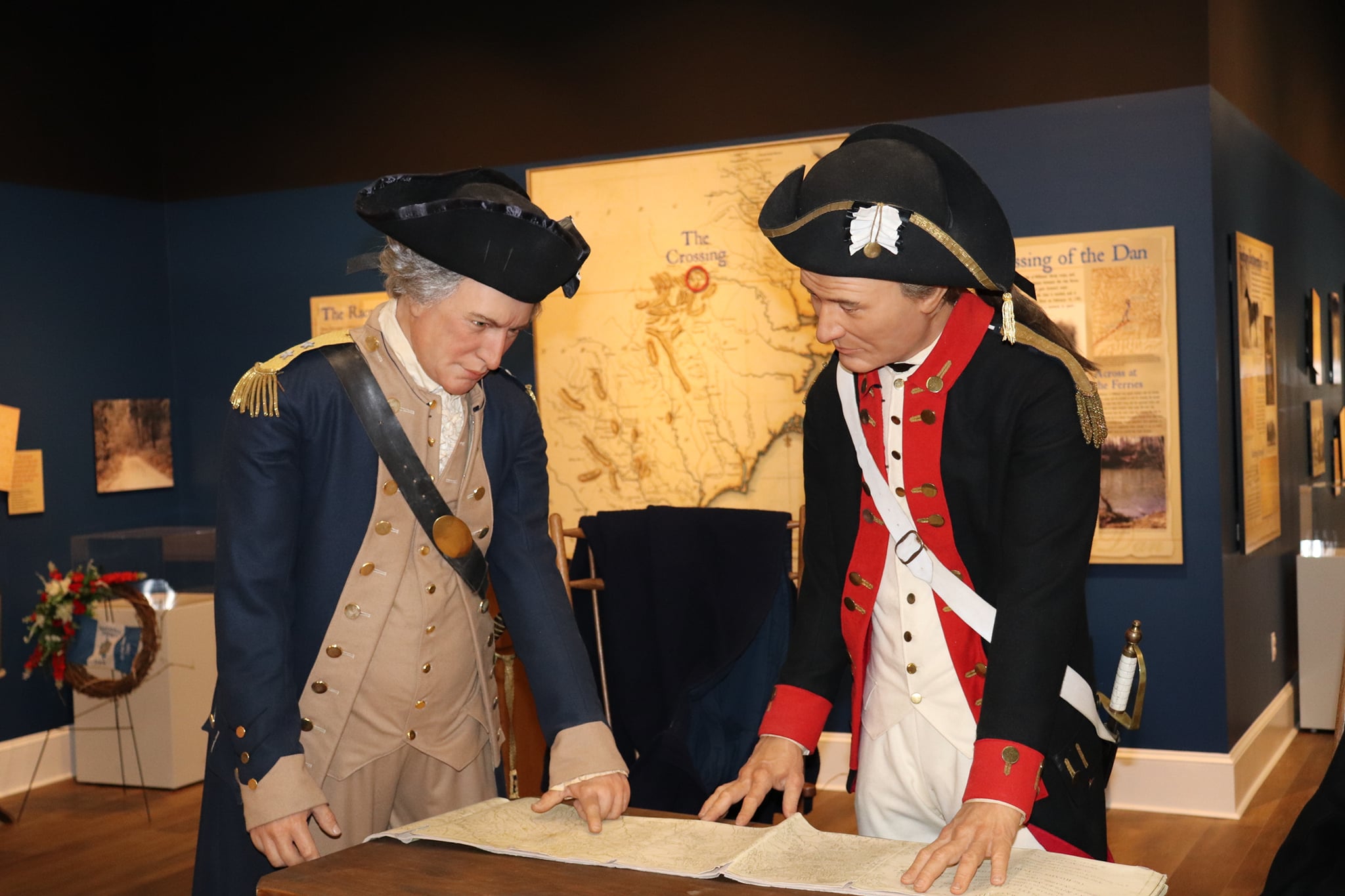




7114 Chatham Road | Nathalie, VA 24577
The Mead Community Center is the realization of a dream of Caleb Robinson, who imagined an African American gathering place to enhance and educate the community. Professor Robinson was born in Jamaica in 1864 and graduated from Virginia Union University in Richmond. In 1893 he formed the McKinley Institute on land he purchased in the Meadville section of Halifax County. He imported Northern teachers to train African American girls in reading, writing, and industrial arts at the school. On his deathbed, Professor Robinson gave the land to the school’s executive board. He had expressed to them his dream of an African American gathering place to enhance and educate the community, but at the time, the community was relatively impoverished, and his idea lay dormant for a quarter of a century.
Then, in 1975, three African American Baptist organizations (all of them members in the larger Banister, Staunton, and Sunnyside Baptist Association) joined with local leaders to charter the Meadville Community Center. Through determined community efforts, the present-day center was financed, built, and finally dedicated on October 10, 1978. Dr. Martin Luther King Sr. was the guest speaker at that occasion. The building left the Banister Baptist Association in debt by more than $90,000, but through sales and raffles, personal gifts, church assessments, and schoolchildren’s pennies, the debt was paid in full, and the mortgage burned, in 1991.
Today, the center, which seats 400-500 people, is a significant educational and community focal point, enriching the lives of residents of Halifax County and surrounding counties.
L.E. Coleman African-American Museum/Mountain Road School
3011 Mountain Road | Halifax, VA 24558
Mountain Road School No. 1 was built around 1919 for Black students in the Halifax, VA, community. Following the closing of the school, the building was used for a variety of purposes before it was remodeled and opened to the public as the L.E. Coleman African American Museum in 2005. Its mission is “to research, collect, and preserve the art, history, and culture of African Americans with emphasis on Halifax County, and to foster among people the awareness and perspective from the past and find purpose for the future.”
The museum is named in honor of the Rev. Lee Ernest Coleman. Born in Dolphin, VA, in 1891, he moved to Halifax County to serve as a minister to several churches. He played a major role in raising funds to build Halifax Community Hospital.
1030 Mary Bethune Street | Halifax, VA 24558
The Banister Baptist Association built a private African American training school in 1827, originally consisting of four wooden buildings and a dormitory. The school met only six months of the year and went through ninth grade. Because of transportation difficulties in a county as large as Halifax, the school was primarily a boarding school. Board cost $200 a year, which was prohibitive for most Blacks at the time.
In 1920 the four original buildings were torn down and a new building was erected to house African American high school students; the school was newly called Halifax Training School. Later it was upgraded and renamed the Mary M. Bethune High School. By 1950 it was the state’s largest rural high school for Blacks.
While the school had no running water in science labs, little money for equipment and supplies, and no means of transportation, a national magazine reported that 27 of the 64 seniors went on to college, far above the national average of 20 percent at that time.
In 1956, to meet “separate but equal” standards and stave off integration in the face of court decisions, the county erected the present building, officially named the Mary M. Bethune High School of Halifax County.
Despite the county’s efforts otherwise, the school became the hub of the local integration movement in 1969. After integration in 1970, Mary M. Bethune became a junior high school. All county high school students — Black and white — began attending Halifax Senior High School.
The original Mary M. Bethune High School building was later renovated and renamed the Mary M. Bethune Government Office Complex. The complex provides services for the community and houses the school system administration.
Washington-Coleman Elementary School
1927 Jefferson Boulevard | South Boston, VA 24592
Determined to provide elementary education for young African Americans, the Rev. Parham B. Ragland started a school in his backyard sometime around 1875. Though the “Backyard School” was private, Rev. Ragland was able to garner financial support for his project from the Town of South Boston, thus representing the first known public support of Black education in Halifax County. The one-room school grew and led to the establishment of a public Black grammar school in Bloodfield (also called Mayfield). The school was eventually named the M.H. Coleman Grammar School. Though it was damaged by fire in 1937, it was repaired, reopened, and continued to operate until 1948, at which time it was moved to the former Booker T. Washington High School building.
Booker T. Washington High School was built for Black high school students who had been attending classes in unsatisfactory quarters above a store at 1811 North Main Street in South Boston. By 1932 funds raised by the Black community were joined with those from the South Boston School Board to build a four-room school with a library, multipurpose rooms, and a central office. Although the building was well equipped, it was a small school and limited in curriculum. In 1948 Washington High merged with the Halifax Training School (later known as Mary M. Bethune High School) to provide a centralized Black high school with an expanded curriculum. In 1969 Halifax high schools were integrated, and all Black and white high school students began attending Centerville High School. The former all-Black high school was then renamed Washington-Coleman Elementary School. Today, it still serves as an active part of Halifax’s educational community.
308 Randolph Street | South Boston, VA 24592
Many churches in the second half of the 19th century and early part of the 20th century helped fill African Americans’ need for schooling. Frequently, a church would raise funds to build a school, with county governments occasionally offering some financial assistance. Parents donated much of the building labor and materials, and were also largely responsible for land and building maintenance once the school was built. The Mizpah Presbyterian Church, founded in 1890, is an example of such a collaboration.
In 1901 the Mizpah School was constructed on the land where the church still stands. The school served local Black children in grades 1-7. The school’s teachers were poorly paid, often living with students’ parents and moving from one family to another. For their board, they were expected to keep up the maintenance of the school building by sweeping, applying oil to the floors to keep the dust down, shoveling coal or putting wood in the stove, and simultaneously supervising the children. The teachers were, however, highly respected in the South Boston community and looked to for leadership.
Because the school was connected with the church, students of the Mizpah School not only studied the “three R’s” but also memorized Bible verses and sang hymns and other songs. Many families relied on their children to work the fields with them, though, so the school year was seldom more than four or five months long, and absenteeism was high.
In 1935, the Mizpah School was converted to a community day care facility, one of the first at that time in southern Virginia.
Located at Berry Hill Resort | 3105 River Road | South Boston, VA 24592
Throughout the state of Virginia, one can discover scattered burial sites that serve as reminders of the enslaved individuals who were an integral part of the Commonwealth’s history. Among these sites is Berry Hill, a former tobacco plantation that once stood as one of the largest and most productive in the south. Even to this day, a mere glimpse at the mansion and its surrounding grounds evokes consideration about the immense labor required to maintain such a property. Historical accounts indicate that the Bruce family, who owned Berry Hill, held ownership of more than several hundred slaves. Upon their passing, the enslaved would find their final resting place on the side of a wooded hill located at the southern end of the estate, forming what is now known as Diamond Hill.
While the exact number of individuals interred at Diamond Hill remains uncertain, there are more than 200 marked graves with headstone or footstone indicators present at the site. It is believed that the cemetery contains the remains of at least 300 individuals, encompassing both enslaved people and those who gained their freedom following the Civil War. In terms of scale, this burial ground stands as one of the largest known enslaved burial sites within the state of Virginia. It is worth noting that due to their enslaved status, the individuals laid to rest at Diamond Hill did not have the means to purchase traditional headstones made of granite or marble. Instead, their graves are marked by unadorned fieldstones found on the property, devoid of any inscriptions. While it is conceivable that some of these stones may have once borne carvings that have since weathered away, it is important to recognize the enslaved would have taken great risks in openly displaying their literacy or ability to write through such carvings. These modest grave markers sharply contrast with the elaborate headstones found at the Bruce family’s cemetery, located next to the mansion. Even in death, the segregation experienced by the enslaved persisted.
It is said that Diamond Hill derived its name from the shimmering appearance of the headstones after rainfall, as they sparkled like diamonds in the sunlight. Geographically, Diamond Hill is a relatively secluded location, situated at the southern edge of the property near the Dan River. The cemetery can be reached through two possible routes. The shorter path involves following a walking trail from Berry Hill, spanning roughly a mile from a parking lot located before the hotel and dining area. After passing by a barn and crossing a creek, walkers should follow the trail to the right toward the Dan River. Alternatively, visitors can opt to use the Tobacco Heritage Trail from the parking lot on Railroad Avenue. After approximately two miles on the trail, hikers will see a sign marking Diamond Hill on the right.
In 2022, a monument was erected at the entrance of Diamond Hill, serving as a tribute to the individuals interred in these hallowed grounds.

